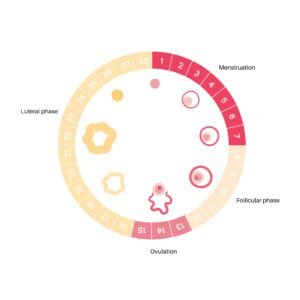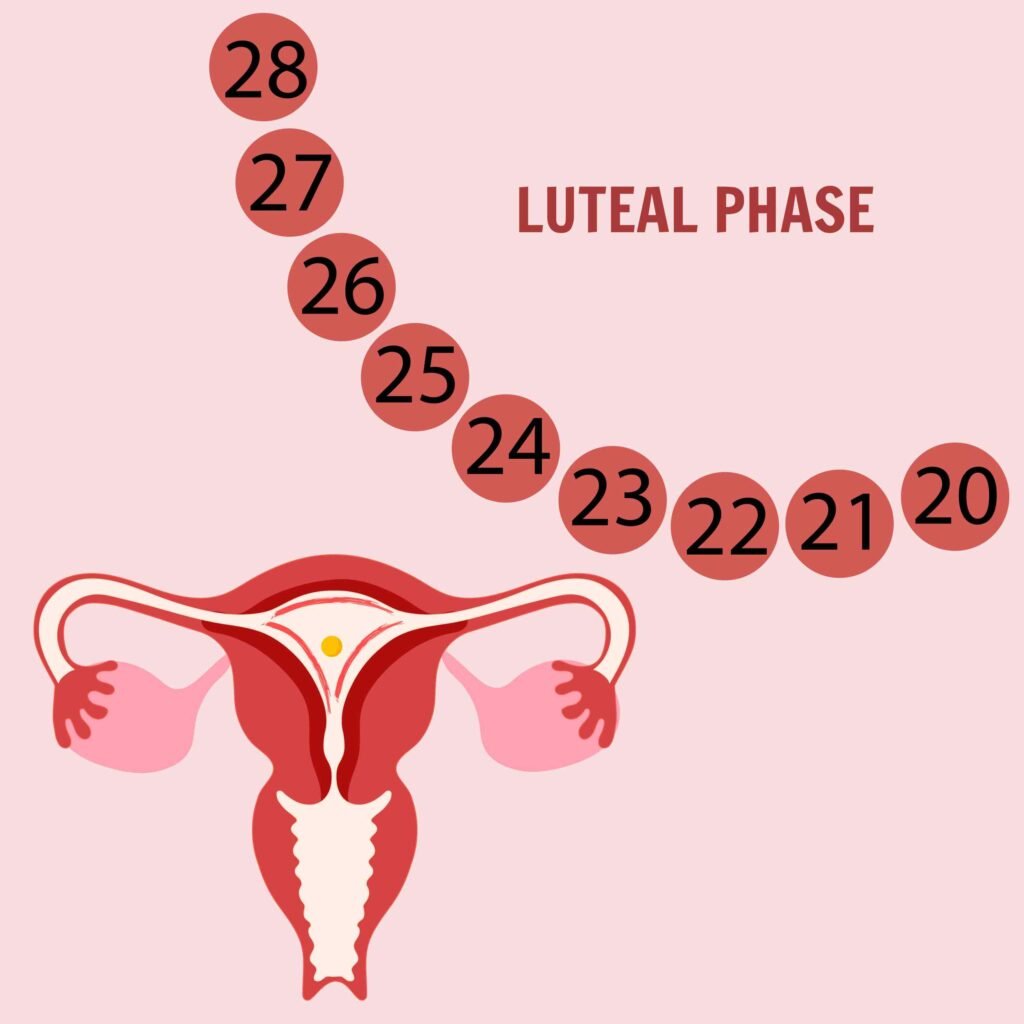Luteal Phase Defect: A Hidden Cause of Pregnancy Loss
The luteal phase is the second half of the menstrual cycle, occurring after ovulation and lasting until menstruation begins. During this phase, the corpus luteum forms from the ruptured follicle and secretes progesterone, a hormone crucial for preparing the uterine lining (endometrium) for potential embryo implantation. A typical luteal phase lasts about 12 to 14 days, providing a window for a fertilized egg to implant and for early pregnancy to establish.
What Is Luteal Phase Defect?
Luteal Phase Defect (LPD), also known as luteal phase insufficiency, occurs when the luteal phase is shorter than normal or when the corpus luteum doesn’t produce sufficient progesterone. This hormonal inadequacy can prevent the endometrium from reaching the optimal state required for embryo implantation and maintenance of early pregnancy. Consequently, LPD can lead to infertility or early pregnancy loss.

Causes of Luteal Phase Defect
Several factors can contribute to the development of LPD:
-
Hormonal Imbalances:
Conditions like hypothyroidism or hyperprolactinemia can disrupt the hormonal milieu necessary for a healthy luteal phase.
2. Polycystic Ovary Syndrome (PCOS):
Women with PCOS often experience irregular ovulation, leading to inadequate progesterone production.
3. Excessive Physical Stress:
Intense exercise or significant weight loss can affect hormonal balance, impacting the luteal phase.
4. Age:
As women age, the quality and function of the corpus luteum may decline, affecting progesterone production.
5. Assisted Reproductive Technologies (ART):
Procedures like in vitro fertilization (IVF) can sometimes disrupt natural hormone production, necessitating luteal phase support.
Recognizing the Symptoms
Identifying LPD can be challenging, but some signs may include:
- Shortened Menstrual Cycles: Cycles shorter than 21 days may indicate a shortened luteal phase.
- Spotting Between Periods: Light bleeding between periods can be a sign of inadequate progesterone levels.
- Difficulty Conceiving: Struggling to become pregnant despite regular unprotected intercourse may point to LPD.
- Early Pregnancy Loss: Experiencing miscarriages, especially in the first trimester, can be associated with LPD.

Diagnosing Luteal Phase Defect
Diagnosing LPD involves a combination of clinical evaluation and diagnostic tests:
- Hormone Level Assessment: Measuring serum progesterone levels about seven days post-ovulation can indicate luteal function.
- Basal Body Temperature (BBT) Charting: Tracking daily morning temperatures can help identify ovulation and luteal phase length.
- Endometrial Biopsy: Though less commonly used now, this procedure involves sampling the uterine lining to assess its development.
- Ultrasound Imaging: Transvaginal ultrasounds can evaluate the thickness and appearance of the endometrium.
Treatment Options
Addressing LPD focuses on correcting the underlying hormonal imbalance and supporting the luteal phase:
- Progesterone Supplementation: Administering progesterone through oral, vaginal, or injectable forms can enhance endometrial development.
- Clomiphene Citrate: This medication stimulates ovulation and can improve corpus luteum function.
- Human Chorionic Gonadotropin (hCG): hCG injections can support the corpus luteum, promoting progesterone production.
- Lifestyle Modifications: Reducing stress, maintaining a healthy weight, and moderating exercise can positively influence hormonal balance.

The Debate Around Luteal Phase Defect
While LPD is recognized as a potential factor in infertility and early pregnancy loss, its diagnosis and treatment remain subjects of debate among medical professionals. Some studies question the reliability of diagnostic methods and the efficacy of treatments, emphasizing the need for individualized patient assessment.
When to Seek Medical Advice
If you experience:
- Repeated Early Pregnancy Loss: Multiple miscarriages, especially in the first trimester.
- Difficulty Conceiving: After a year of unprotected intercourse without pregnancy.
- Irregular Menstrual Cycles: Consistently short cycles or spotting between periods.
Consulting a healthcare provider or fertility specialist can help determine if LPD or another condition is affecting your reproductive health.
Conclusion
Luteal Phase Defect is a subtle yet significant factor that can impact fertility and early pregnancy. Understanding its causes, recognizing the symptoms, and seeking appropriate medical evaluation are crucial steps toward effective management. With advancements in reproductive medicine, many treatment options are available to support women facing this challenge.



